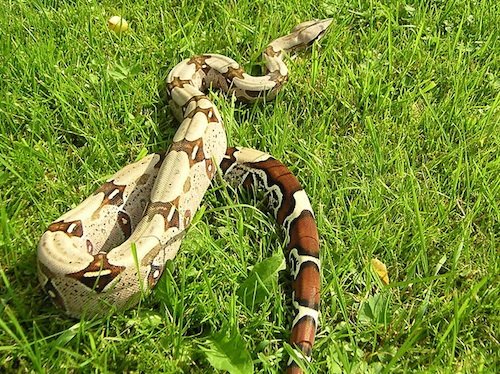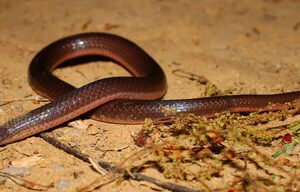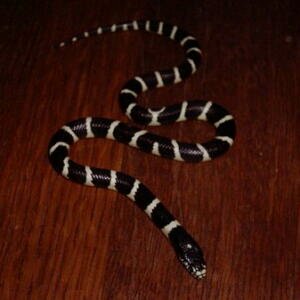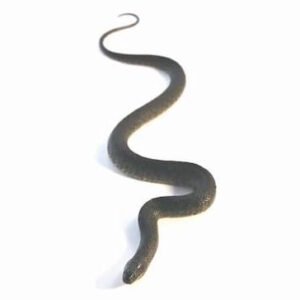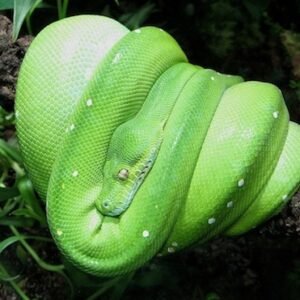Characteristics and Habitat of the Guyana Red Tail Boa
The Guyana Red Tail Boa (Boa constrictor constrictor) is renowned for its striking physical characteristics that captivate both enthusiasts and researchers alike. This subspecies, commonly found in South America, particularly in Guyana, showcases a robust and muscular body that typically reaches lengths of between six to twelve feet. The coloration of the Guyana Red Tail Boa is one of its most distinctive features; it exhibits a vibrant palette of browns and reds, often with dark saddle-shaped markings running along its back. These patterns not only contribute to its aesthetic appeal but also serve as camouflage within its natural habitat, allowing it to blend seamlessly into the forest foliage.
The habitat of the Guyana Red Tail Boa is primarily found in tropical rainforests and woodlands, where humidity is high and vegetation is abundant. These environments provide the necessary cover and warmth that are vital for the boa’s survival. The snake prefers areas with dense underbrush, which offers both shelter and hunting opportunities. Additionally, the tree canopies play a significant role in the boa’s behavior, as these reptiles are accomplished climbers, using their prehensile tails to navigate their arboreal surroundings. Behavioral adaptations are evident in their hunting techniques; the Guyana Red Tail Boa ambushes prey through stealth, primarily targeting small mammals, birds, and occasionally reptiles.
In terms of diet, this species exhibits a fascinating feeding pattern where it uses constriction to immobilize its prey before consumption. The Guyana Red Tail Boa’s adaptations to its environment not only ensure its survival but also highlight the remarkable interplay between habitat and species characteristics. Overall, the captivating traits of the Guyana Red Tail Boa, along with its preference for specific ecological niches, underscore its importance in the biodiversity of the regions it inhabits.
Care and Maintenance of Guyana Red Tail Boas in Captivity
The Guyana Red Tail Boa, known for its striking coloration and manageable size, requires specific care to thrive in captivity. Proper habitat setup is paramount. A spacious enclosure, ideally at least 4-6 feet, is necessary to accommodate its growth. A combination of a secure and sturdy enclosure along with adequate bedding, such as aspen or coconut fiber, mimics its natural habitat. It is crucial to include climbing structures such as branches and hides to provide a sense of security and exercise opportunities.
Temperature and humidity control are vital components in maintaining the well-being of the Guyana Red Tail Boa. The enclosure should feature a temperature gradient, with a basking area maintained at approximately 88-92°F and a cooler zone around 75-80°F. Employing heat mats or overhead heaters can help achieve these temperatures. Humidity levels should be kept between 50% and 70%, which can be managed through regular misting or the use of water features. Monitoring these environmental factors with a reliable thermohygrometer is advisable to ensure optimal living conditions.
Feeding these snakes requires attention to their dietary needs. Adult Guyana Red Tail Boas typically thrive on a diet of appropriately sized rats or rabbits, while younger snakes should be fed smaller prey, such as mice. It is important to ensure that the prey is thawed and offered in a manner that encourages natural feeding behavior. Along with diet, regular handling promotes socialization and strengthens the bond between the pet and owner. However, it is essential to approach them with care, as they may become defensive if not handled gently.
Health issues may arise in captivity, including respiratory infections and mites. Regular veterinary check-ups can help mitigate these concerns, while proper hygiene in the living environment will further prevent problems. Ethical considerations in captive breeding and sourcing also play a crucial role in responsible pet ownership, ensuring the future sustainability of the species and the welfare of individual animals.

